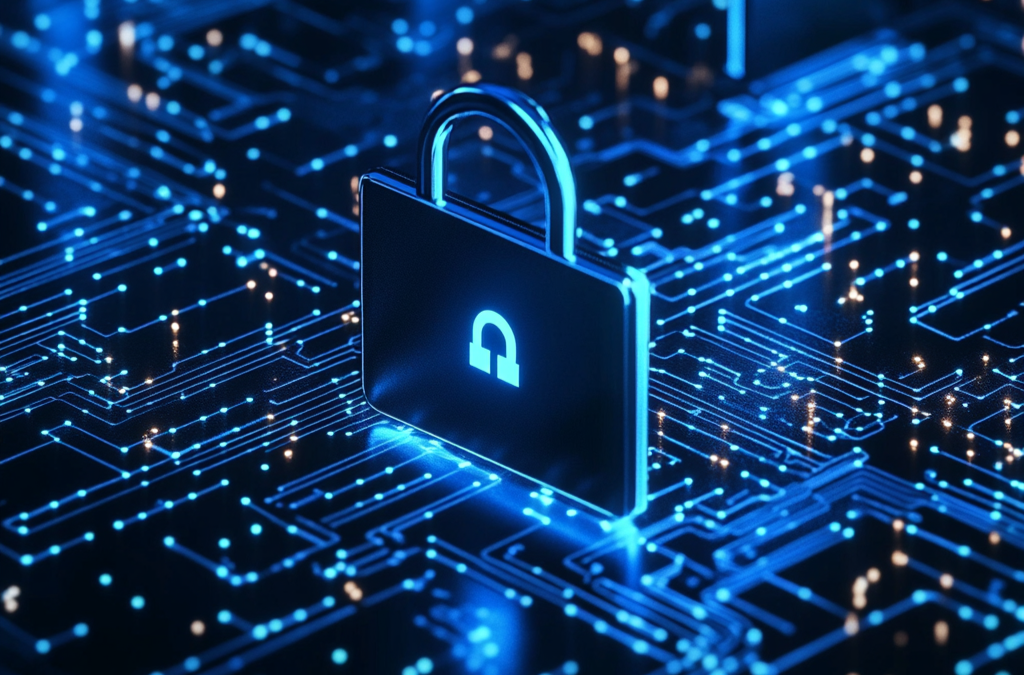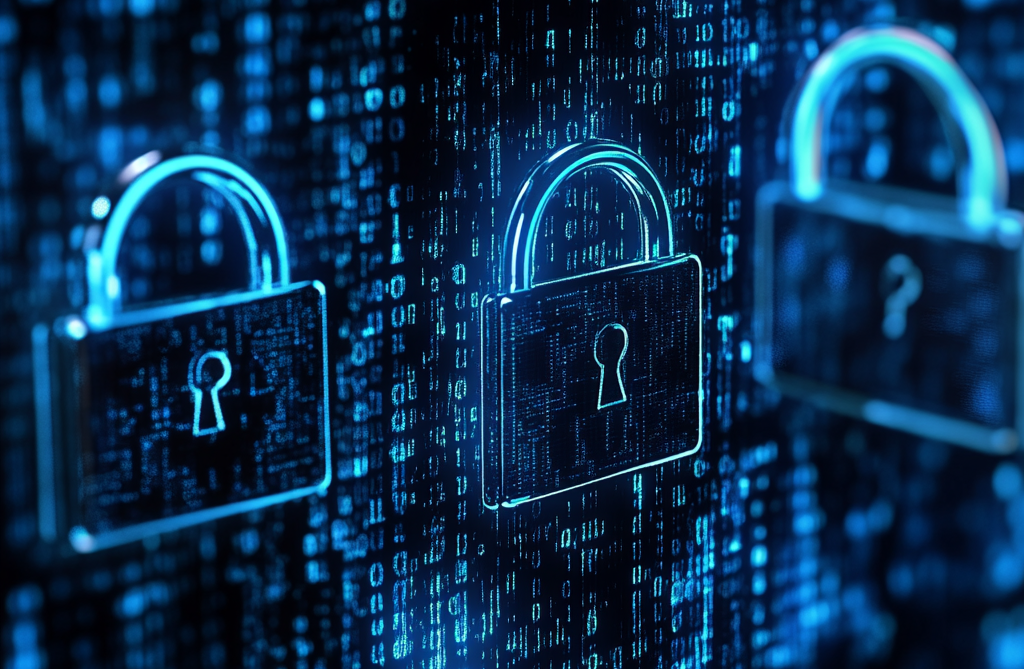Security Information and Event Management (SIEM) is today an integral part of organizational security policies. SIEM architecture is what supports organizations in having good security threat detection, analysis, and response mechanisms. The following describes the architecture of SIEM systems, their components, how they communicate with each other, and why they are necessary in today’s security operations.
Whether you’re managing a small network or complex environments, grasping SIEM architecture is key to building a strong security posture.
What Is SIEM Architecture?
SIEM architecture is the structure and components of a SIEM system. It defines how security-related data is collected, processed, analyzed, and how alert and incident responses are managed. Proper SIEM architecture allows for real-time threat detection, comprehensive logging, and effective incident management.
SIEM design plays a direct role in its effectiveness and efficiency. Well-designed SIEM systems enable organizations to integrate data from disparate sources, detect anomalies, and provide actionable intelligence to security professionals.
Key Components of SIEM Architecture
Breaking down SIEM architecture components allows us to understand how each component contributes to the whole security process.
1. Data Collection
The data collection layer is the foundation of SIEM architecture. It gathers security data from various sources in an organization’s IT environment. Firewalls, intrusion detection systems, endpoint devices, servers, applications, and cloud platforms are some typical data sources.
Data may be gathered either through agents on the devices or log forwarding systems. Completeness and quality of data are very critical as they will directly determine how the SIEM will identify threats.
2. Data Aggregation and Normalization
Once the security data is collected, it’s accumulated into a common place for processing. However, since data is often in different forms when received, normalization has to be done. Normalization processes the collected data into a common form.
Normalizing allows the SIEM system to compare and equate events from disparate sources on a common platform. Without it, correlating the events or identifying multi-step attacks between systems would prove difficult.
3. Data Storage
The data is stored in optimized data lakes or databases for fast searching and analysis and in normalized data. Fast data storage is a critical piece of the SIEM architecture because it enables quick retrieval of historical logs for forensic investigation and compliance reporting.
Modern SIEM architectures most commonly employ scalable distributed storage systems or cloud storage to handle increasing volumes of security data.
4. Correlation Engine
Correlation engine is the SIEM platform’s intelligence. It performs analysis of collected and normalized data in near-real-time or real-time to identify trends that may indicate security violations.
The engine uses rule-based reasoning, threat intelligence feeds, and sometimes machine learning algorithms to look for anomalies, suspicious behavior, or known attack signatures. The process filters noise by suppressing normal events and bringing into focus severe alerts.
5. Alerting and Notification
When an identified threat is suspected, the SIEM system sends alerts to notify security analysts. This feature ensures that the right people receive timely and relevant information upon which to act.
Good alerting prioritizes incidents based on their severity and context so that security teams can focus on real threats and not false positives.
6. Incident Management and Response
The final process of the SIEM design is incident management. SIEM solutions typically integrate with ticketing systems or Security Orchestration, Automation, and Response (SOAR) solutions to facilitate seamless security event management.
Incident management solutions provide workflows for investigation, documentation, and remediation to allow the security teams to track and close threats efficiently.
How SIEM Architecture Supports Cybersecurity
Providing Comprehensive Visibility
One of the primary benefits of a well-designed SIEM architecture is the ability to provide centralized, comprehensive visibility across the entire IT environment. By aggregating data from various devices and applications, SIEM systems help security teams see the bigger picture.
This visibility is especially important for organizations with complex or distributed networks, such as retail businesses. Consolidated monitoring helps detect threats that may span different locations or systems.
Enhancing Threat Detection and Analysis
The correlation engine and analytics components of the SIEM architecture enable the detection of sophisticated threats that isolated systems would miss. By analyzing events collectively, SIEMs identify patterns like lateral movement, privilege escalation, or repeated failed login attempts.
Improved detection capabilities reduce the risk of successful attacks and limit the potential damage.
Supporting Compliance and Auditing
Regulatory compliance requires organizations to maintain detailed logs and provide evidence of security controls. SIEM systems automate log collection, retention, and reporting, simplifying audits.
This reduces manual effort and helps organizations meet standards like GDPR, HIPAA, PCI-DSS, and more.
Streamlining Incident Response
Integrated alerting and incident management enable security teams to respond quickly to threats. Automation through SOAR integration reduces response time by triggering predefined remediation steps.
This streamlined approach is essential for minimizing damage and recovering from incidents efficiently.
Modern Trends in SIEM Architecture
Cloud-Native SIEM
As organizations adopt cloud services, SIEM architecture is shifting towards cloud-native models. Cloud SIEM platforms offer improved scalability, faster deployment, and integration with cloud workloads.
Cloud SIEM architecture components include cloud data connectors, centralized storage, and machine learning analytics optimized for cloud environments.
AI and Machine Learning
AI-driven analytics are increasingly embedded within SIEM architectures to enhance threat detection accuracy. Machine learning models learn normal behavior and identify subtle deviations that may indicate attacks.
This reduces false positives and helps security teams focus on genuine threats.
Integration with SOAR
Combining SIEM with Security Orchestration, Automation, and Response platforms enhances automation capabilities. The integration supports faster incident handling and reduces the workload on analysts.
Modern SIEM architecture often includes native or third-party SOAR integrations.
Designing Effective SIEM Architecture: Best Practices
Ensure Complete Data Coverage
SIEM effectiveness depends on comprehensive data collection. Include all relevant systems, applications, and endpoints in your data collection scope to avoid blind spots.
Use Scalable and Flexible Storage
Choose storage solutions that can grow with your data needs. Cloud or hybrid storage models offer flexibility and scalability.
Implement Fine-Tuned Correlation Rules
Develop correlation rules that fit your environment. Too many generic rules create alert fatigue; too few miss threats.
Prioritize Alerts and Automate Responses
Configure alerting to highlight high-risk incidents and integrate with automation tools to speed up remediation.
Regularly Review and Update Architecture
Security environments change rapidly. Continuously assess your SIEM architecture and update components and rules as needed.
Conclusion
SIEM architecture plays a foundational role in modern cybersecurity, enabling organizations to collect, analyze, and respond to security data effectively. From the initial data collection through normalization, correlation, alerting, and incident response, each component contributes to a cohesive security strategy.
A well-designed SIEM architecture provides comprehensive visibility, improves threat detection, supports compliance, and accelerates incident response. With emerging trends like cloud SIEM and AI-driven analytics, the architecture continues to evolve to meet modern challenges.
For organizations of all sizes, understanding the architecture of SIEM and implementing best practices ensures a stronger defense against cyber threats.


